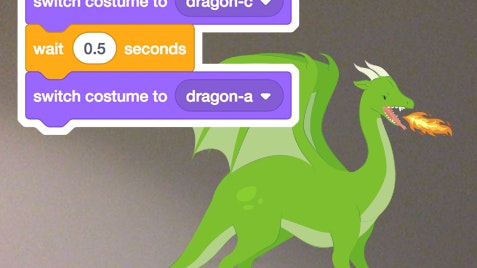Homepage
•
Learning Library
•
Blog
•
6 resources to engage students in coding with Scratch
Expand breadcrumbs
Expand breadcrumbs
- Learning Library
- Blog
- 6 resources to engage students in coding with Scratch
- Homepage
- •
- Learning Library
- •
- Blog
- •
- 6 resources to engage students in coding with Scratch
6 resources to engage students in coding with Scratch
By Natalie Rusk and Lisa O'Brien
April 5, 2019








